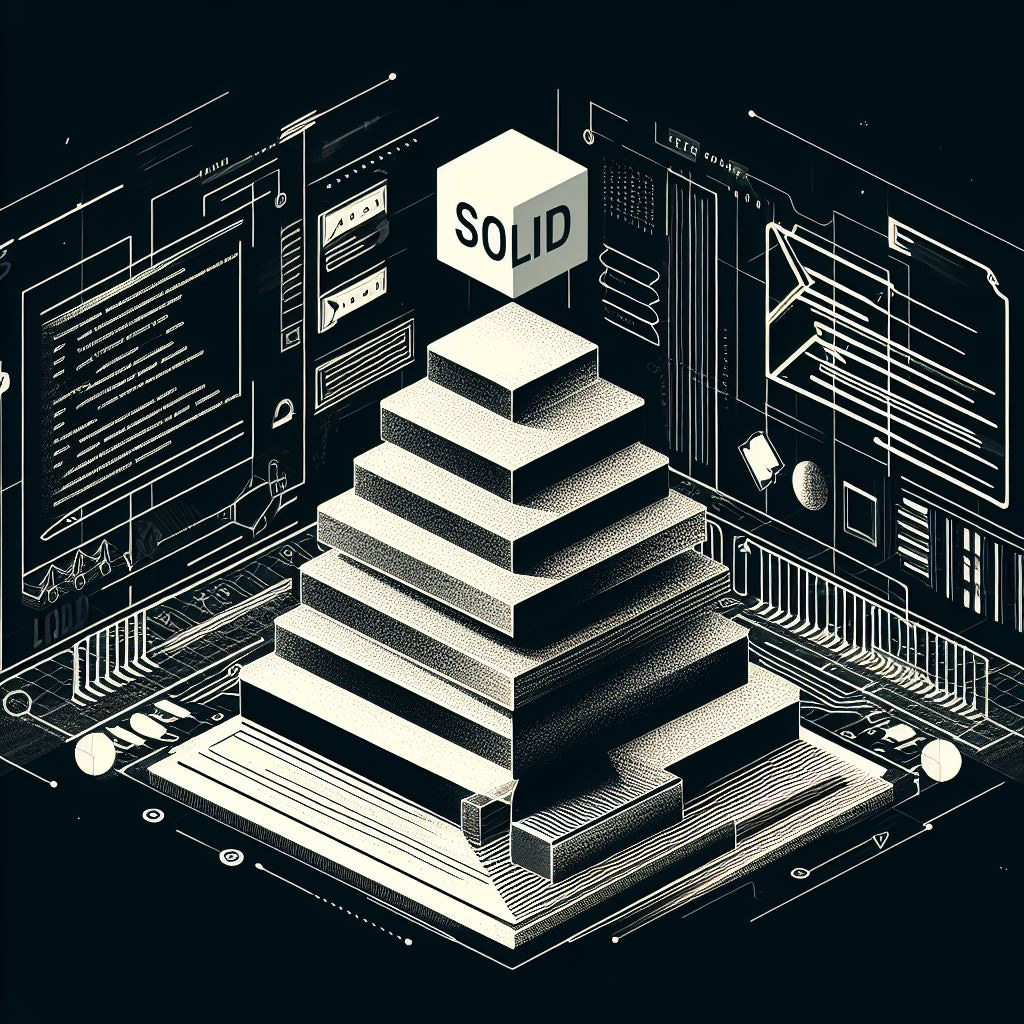SOLID - Direct Way
SOLID principles are the building blocks of clean, maintainable, and scalable software, enabling developers to create code that stands the test of time.
SOLID
SOLID is an acronym coined in the 2004s by Michael Feathers based on some principles presented by Robert C. Martin around the 2000s.
The SOLID principles tell us how to arrange our functions and data structures into classes, and how those classes should be interconnected. The use of the word “class” does not imply that these principles are applicable only to object-oriented software. A class is simply a coupled grouping of functions and data. Every software system has such groupings, whether they are called classes or not. The SOLID principles apply to those groupings.
Design Principles
Software Design Principles are a set of guidelines that help developers to make a good system design
We can make a metaphor about design patterns:
A building with good architecture but poorly made bricks will not result in good construction. On the other hand, even with good bricks and architecture, if the interconnection between the bricks is not of good quality, the construction will also not be satisfactory.
That's why principles are of great value
[SRP] - The Single Responsibility Principle
"Gather together the things that change for the same reasons. Separate things that change for different reasons."
- Robert C. Martin
An active corollary to Conway’s law: The best structure for a software system is heavily influenced by the social structure of the organization that uses it so that each software module has one, and only one, reason to change.
[OCP] - The Open-Closed Principle
"A Module should be open for extension but closed for modification."
- Robert C. Martin
Bertrand Meyer made this principle famous in the 1980s. The gist is that for software systems to be easy to change, they must be designed to allow the behavior of those systems to be changed by adding new code, rather than changing existing code.
[LSP] - The Liskov Substitution Principle
"A program that uses an interface must not be confused by an implementation of that interface."
- Robert C. Martin
Barbara Liskov’s famous definition of subtypes, from 1988. In short, this principle says that to build software systems from interchangeable parts, those parts must adhere to a contract that allows those parts to be substituted one for another.
[ISP] - Interface Segregation Principle
"Keep interfaces small so that users don’t end up depending on things they don’t need."
- Robert C. Martin
This principle advises software designers to avoid depending on things that they don’t use.
[DIP] -The Dependency Inversion Principle
"Depend on the direction of abstraction. High-level modules should not depend upon low-level details."
- Robert C. Martin
The code that implements high-level policy should not depend on the code that implements low-level details. Rather, details should depend on policies. This is crucial to apply any architectural design pattern, like Clean Architecture.
Conclusion
The design principle will help you write better code. I hope you now know more about it and can enjoy its benefits.
These design principles, when properly applied, can offer:
Code quality
Easier to maintain
Tolerant of change
Easier to test
More understandable
Thanks for reading! I hope you found this content valuable. If you enjoyed it, you might also be interested in seeing SOLID principles in action through a real-world application. Check out the code here: SOLID-OCR on GitHub. Happy coding! 🚀👨💻
References
Clean Architecture - Robert Cecil Martin


